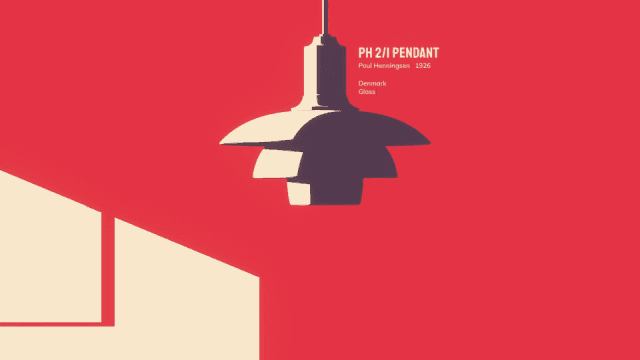Some facts about Danish design tradition
Denmark is famous for many things, but one area that perhaps sets it apart from other countries is its reputation for design. Design is so ubiquitous in Denmark that we almost take it for granted. It is something that permeates society, from furniture and urban spaces to lifestyle.
Nordic design began to gain worldwide recognition in the 1940s and 1950s when the light and simple style of Danish furniture proved suitable for the clean lines of new international architecture. It stood out for its simplicity, functionality, and elegance, along with sustainability and nature as inspiration, which became the key principles of Danish design. Some of the most influential architects were Arne Jacobsen, Hans Wegner, and Poul Henningsen with their furniture designs:

Egg Chair, by Arne Jacobsen

Wishbone Chair, by Hans Wegner

PH Lamp, by Poul Henningsen
But why is Nordic design, and more specifically Danish design, so essential and valuable for most businesses today?
The DDC (Danish Design Centre), together with the Danish Design Council, the Royal Danish Academy of Fine Arts, Schools of Architecture, Design and Conservation, and the Design Museum Denmark, conducted a survey between 2016 and 2017 to identify the essential values of Danish design.
They identified 10 essential values, ranging from simplicity, social and human aspects to quality and holism. This research provided an update on the values that define Danish design. The most prominent traits within Danish design, which set it apart from others, are the creation of value, refined style, and simplification that distinguishes it from the rest. Additionally, it maintains a common-sense approach, evolving coherently with social needs.
Anders Cleemann, CEO of the Danish brand Muuto, explains that Scandinavian design is so popular because it has essential values: functionality, honesty, and craftsmanship. It doesn’t shout; there is nothing unnecessary in the products. Everything revolves around simplifying things.
LEGO is a great example of how Danish design, focused on simplicity, functionality, and aesthetics, can become an invaluable asset for businesses. LEGO’s ability to remain relevant and respected globally over the decades demonstrates the enduring power of good design.
Today, design is not simply a matter of aesthetics but a strategic tool that can make the difference between success and failure in the market. The UK Design Council’s report also supports the importance of design, highlighting that companies investing in design outperform those that do not across all key financial measures by 200%.
As we move forward, it will be essential to continue researching and understanding this constantly evolving field to ensure that businesses can remain competitive on the global stage. All these characteristics and examples reaffirm why Danish design is so respected and valuable today and why it is widely used in most businesses. It maintains a clear, simple, and concise style while being adaptable to individual needs, solidifying Danish design as a competitive asset for companies and a tool for addressing some of the world’s greatest challenges.
At MS Nordic we are often inspired by the Nordic design philosophy and style, especially when it comes to allowing customers an easy customer journey, while always presenting it professionally and true to the brand.




